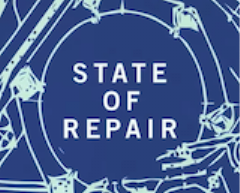Image: Irina Dobrolyubova/Getty Images
State of Repair is Motherboard's exploration of DIY culture, device repair, ownership, and the forces fighting to lock down access to the things you own.
Advertisement
Advertisement
Advertisement
Apple's lawyer held up printed-out thumbnails of the titles of some of Louis Rossmann's videos.

